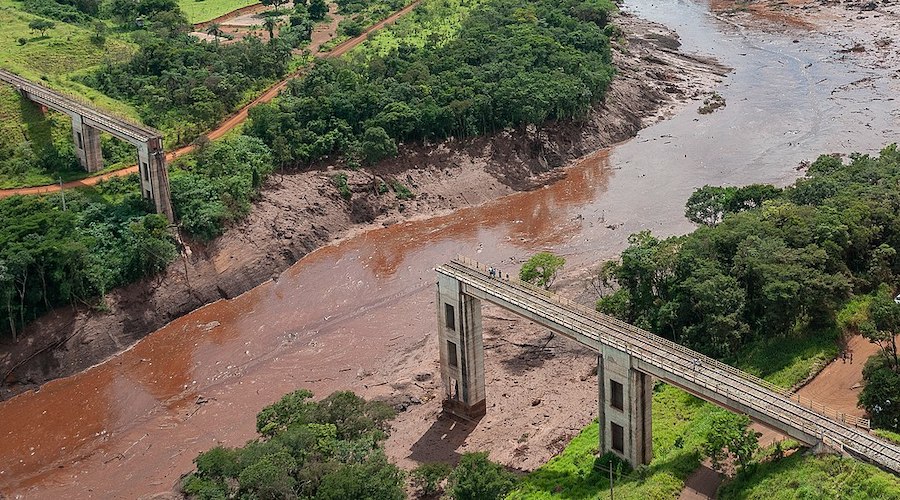
“It is estimated that 25% to 30% of all TSF are abandoned, raising the question of responsibility over time,” the communiqué reads. “Regulators must ensure that companies do not externalise their post-closure legacy management and costs to taxpayers and future generations. Mining companies and their industry associations can also demonstrate leadership by playing an active role in addressing legacy issues across the sector.”
The RMF says regulators must ensure that companies do not externalize their post-closure legacy management and costs to taxpayers and future generations
Besides abandoned tailings ponds, the Responsible Mining Foundation expressed concern about facilities considered to be at risk.
“It is estimated that up to one-third of the current global portfolio of TSF are impaired and in need of urgent intervention,” the release states. “The costs of de-risking or removing all TSF that pose a high threat of harm in the event of failure are enormous – $670bn. Clearly urgent action at scale is needed to address the thousands of highest risk TSF that currently threaten the lives of many peoples around the world.”
The RMF also said that, despite positive steps taken towards more transparent tailings management, the vast majority of large-scale mining companies are still unable to demonstrate that they review and report on how effectively they manage TSF-related risks, and take responsive actions as necessary.
“Critically, very few mine sites show evidence of systematically informing local communities about what to do for their own safety in the case of a tailings-related incident,” the release states.
For the Foundation, these critical issues can be addressed by the Global Industry Standard on Tailings Management, an initiative launched last year by the United Nations Environment Program, Principles for Responsible Investment and the International Council on Metals and Mining and which proposes strengthening current practices with the goal of zero harm to people and the environment.
“This is most welcome, though RMF would support more ambitious aims for the standard as it evolves,” the NGO said.
Among many other things, the Responsible Mining Foundation asks for the Standard to demand that mining companies specify that TSF should be located away from community and worker facilities and from areas with moderate or high seismic risk; require companies more public disclosure of the effectiveness of measures taken to limit risk, and revise the consequence classification matrix to classify as ‘extreme’ any failure that would result in any loss of life, instead of the current threshold of 100+ human fatalities.




